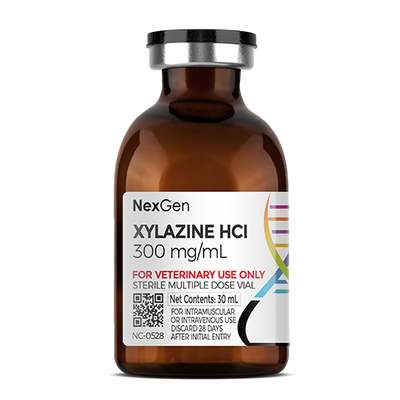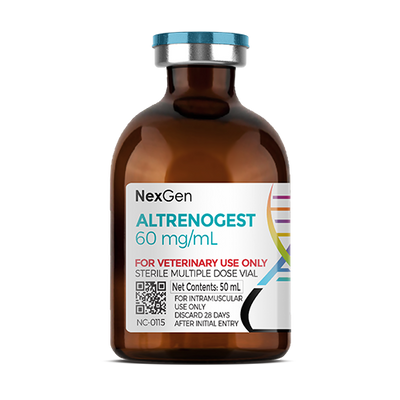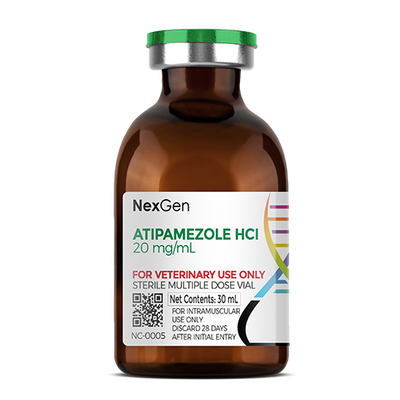
Dexamethasone Sodium Phosphate 24 mg/mL, Injectable, (30mL)
Login for pricing
- Brand
- Mixlab
- SKU:
- NC-0211
- Product Type:
- Injectable
- Size:
- 30ml
- Administration:
- Intramuscular / Intravenous
Although glucocorticoids have been used to treat many conditions in humans and animals, dexamethasone has five primary uses with accompanying dosage ranges: 1) as a diagnostic agent to test for hyperadrenocorticism, 2) as a replacement or supplementation for glucocorticoid deficiency secondary to hypoadrenocorticism, 3) as an anti-inflammatory agent, 4) for immunosuppression, and 5) as an antineoplastic agent.2,3
NOTE per dexamethasone use in horses: The Association of Racing Commissioners International Uniform Classification Guidelines for Foreign Substances has designated dexamethasone a CLASS 4 DRUG.
Where to buy Dexamethasone
Dexamethasone is available in the U.S. through several pharmaceutical manufacturers and through veterinary custom compounding companies.
Dexamethasone carries numerous potential drug interactions. Please consult your veterinarian prior to beginning any treatment regimen.
FOR RX ONLY: A valid prescription from a licensed veterinarian is required for dispensing this medication.
2Greenberg C.B., et. al. Phase II clinical trial of combination chemotherapy with dexamethasone for lymphoma in dogs. J Am Anim Hosp Assoc. 2007;43(1):27-32.
3Park E.H., et. al. Mechanisms of injury and emergency care of acute spinal cord injury in dogs and cats. J Vet Emerg Crit Care. 2012;22(2):160-178.


















